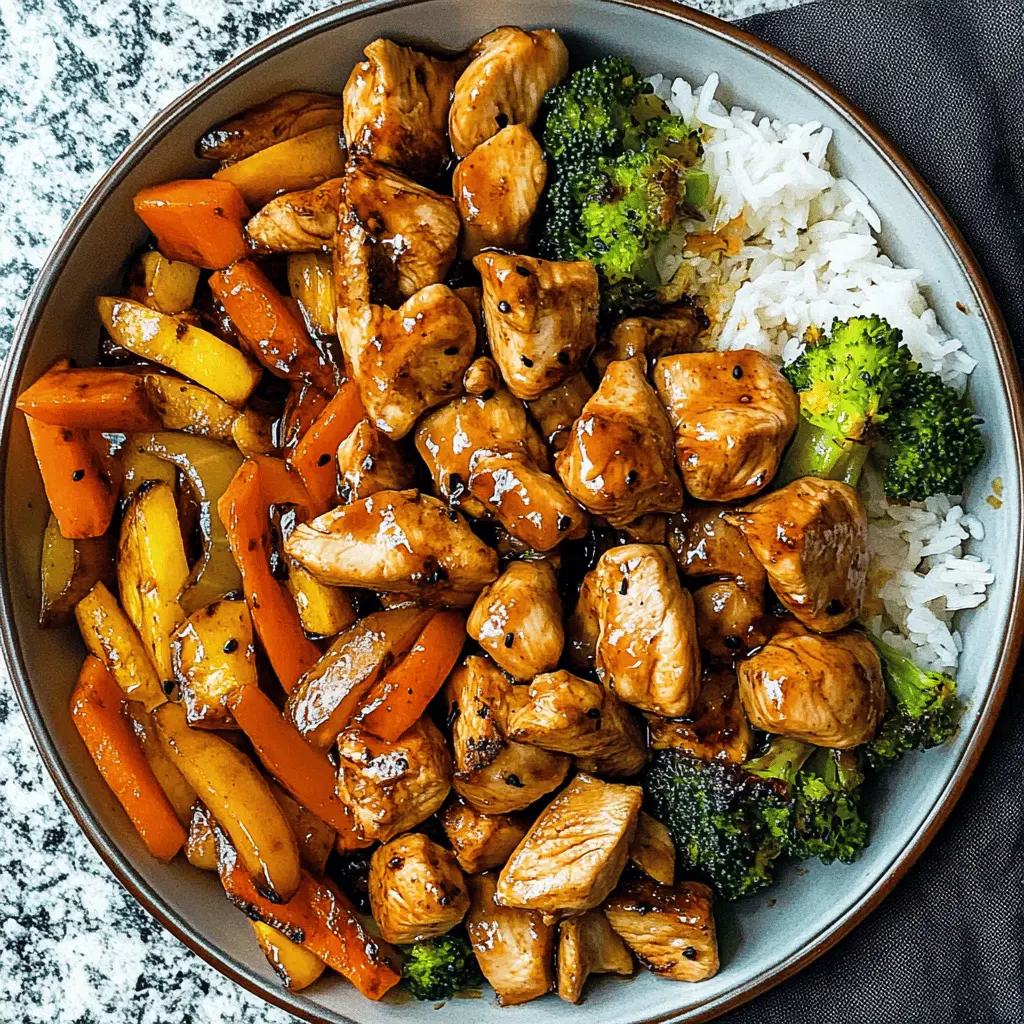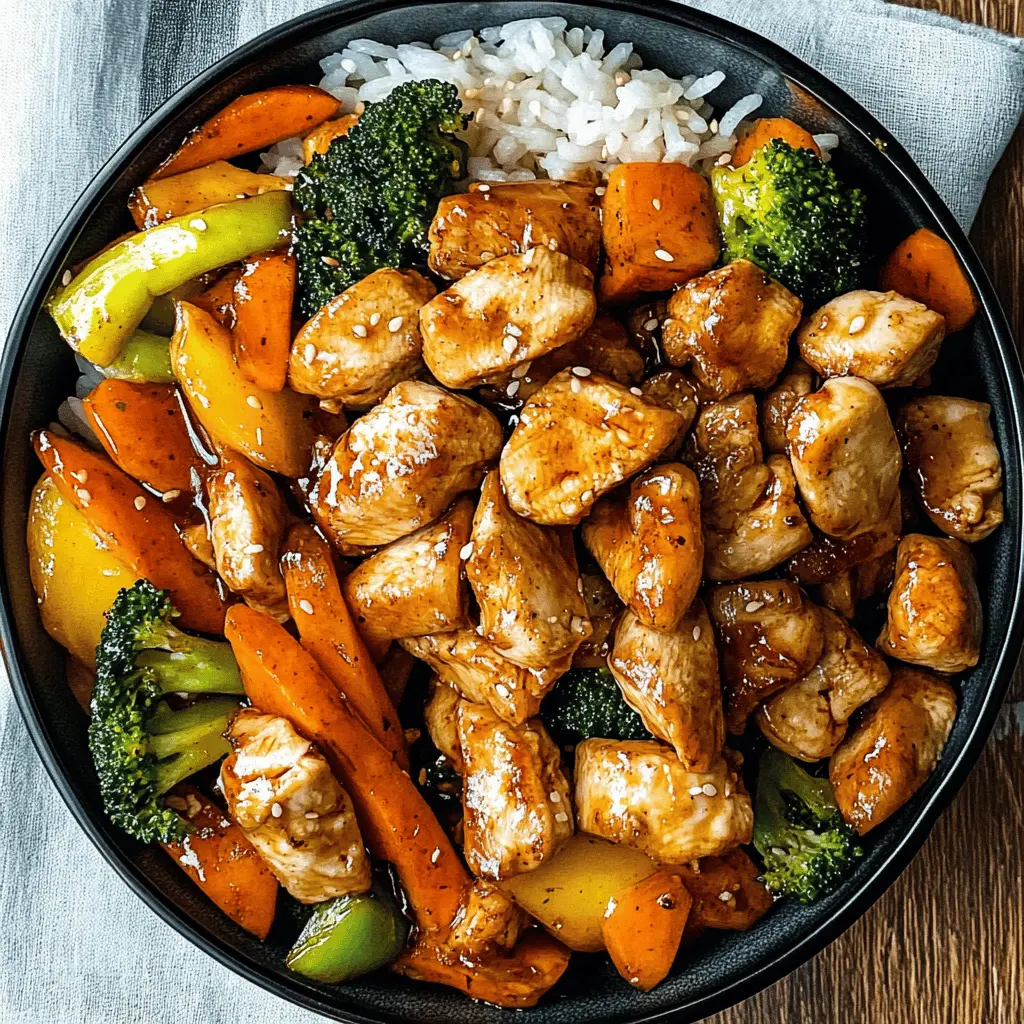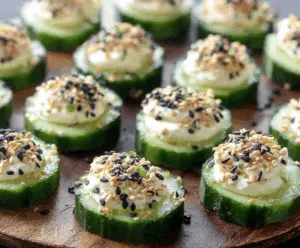This tasty hibachi chicken and vegetables dish brings the fun of cooking right to your kitchen! It’s full of juicy chicken, colorful veggies, and savory flavors that will make your taste buds dance.
Cooking hibachi at home means you can enjoy it anytime! I love throwing in my favorite veggies and watching them sizzle. It’s quick, easy, and way more fun than takeout! 🍳
Key Ingredients & Substitutions
Chicken: Boneless, skinless chicken breast works well here for its lean and tender texture. If you’re looking for a substitute, boneless thighs are juicier, or you could use tofu for a vegetarian option.
Vegetable Oil: I use vegetable oil for cooking because it can withstand high heat. You could also try canola or peanut oil, which have a similar smoke point.
Mixed Vegetables: Feel free to customize! I love adding snap peas or zucchini for extra crunch. If fresh isn’t available, frozen veggies can be a great time-saver.
Garlic and Ginger: Fresh is best for these! However, if you’re in a pinch, jarred minced garlic and ginger can be used. Just reduce the amount since they’re usually more concentrated.
Honey: This adds a touch of sweetness. If you want to skip it, maple syrup or agave nectar is a fine alternative for a similar taste.
How Do You Get Perfectly Cooked Chicken?
Getting the chicken right is essential for this dish. Start by cutting the chicken into even, bite-sized pieces to ensure they cook uniformly. Season them with salt and pepper right before cooking.
- Heat the skillet or wok well before adding the chicken; this helps with browning.
- Sauté for 5-7 minutes, making sure to turn the pieces occasionally for even cooking.
- Don’t overcrowd the pan; if necessary, cook in batches so everything browns nicely.
Once cooked, set the chicken aside to rest. This prevents it from overcooking while you prepare the vegetables!

How to Make Hibachi Chicken and Vegetables
Ingredients You’ll Need:
For the Main Dish:
- 1 lb boneless, skinless chicken breast, cut into bite-sized pieces
- 2 tbsp vegetable oil (for cooking)
- 2 cups mixed vegetables (broccoli, bell peppers, carrots, and onions)
- 1 cup mushrooms, sliced
- 2 cloves garlic, minced
- 1-inch piece ginger, minced
For the Sauce:
- 3 tbsp soy sauce
- 1 tbsp sesame oil
- 1 tbsp rice vinegar
- 1 tbsp honey (optional)
- Salt and pepper, to taste
For Garnish:
- Sesame seeds
- Chopped green onions
How Much Time Will You Need?
This tasty dish will take about 15 minutes of prep time and 15 minutes of cooking time. All together, you’re looking at around 30 minutes from start to finish, making it a quick and delicious meal option!
Step-by-Step Instructions:
1. Cooking the Chicken:
First, grab a large skillet or wok and heat up the vegetable oil over medium-high heat. Once the oil is hot, toss in the bite-sized chicken pieces. Sprinkle some salt and pepper on top, then sauté the chicken for about 5-7 minutes. Keep cooking until the chicken is golden brown and nice and cooked through. Once done, take the chicken out of the skillet and set it aside on a plate.
2. Adding Flavors:
In the same skillet, go ahead and add the minced garlic and ginger. Sauté these for about 30 seconds until they smell amazing and fragrant. This is where the fun begins!
3. Cooking the Vegetables:
Now, it’s veggie time! Add your mixed vegetables and sliced mushrooms to the skillet. Stir-fry them for about 4-5 minutes, just enough time for them to get tender but still a bit crisp. We want those bright colors and crunch!
4. Bringing it All Together:
Time to put everything back together! Return the cooked chicken to the skillet with the veggies. Now, pour in the soy sauce, sesame oil, rice vinegar, and if you’re feeling sweet, drizzle in the honey. Stir everything well so the flavors can combine. Let it cook for another 2-3 minutes until everything is heated through and ready to eat.
5. Garnishing and Serving:
Once everything is perfectly cooked, remove the skillet from the heat. Sprinkle sesame seeds and chopped green onions on top for some extra flavor and color. Serve hot on its own or over steamed rice or fried rice. Enjoy your homemade Hibachi Chicken and Vegetables!

Can I Use Different Vegetables in This Recipe?
Absolutely! Feel free to substitute your favorite vegetables or whatever you have on hand. Zucchini, snap peas, or asparagus are great alternatives. Just remember to cut them into bite-sized pieces for even cooking!
What Can I Substitute for Soy Sauce?
If you’re looking for a gluten-free option, tamari is a fantastic substitute for soy sauce. You can also use coconut aminos for a slightly sweeter flavor or make a mix of Worcestershire sauce and water if you’re in a pinch.
How to Store Leftovers
Store any leftovers in an airtight container in the fridge for up to 3 days. For best results, reheat in a skillet over medium heat to crisp up the chicken and veggies again, adding a splash of soy sauce for extra flavor if desired!
Can I Add More Flavor to the Dish?
Definitely! You can add a splash of hot sauce for heat, or a sprinkle of garlic powder and onion powder for more flavor. Fresh herbs like cilantro or basil can also brighten up the dish—feel free to experiment!


